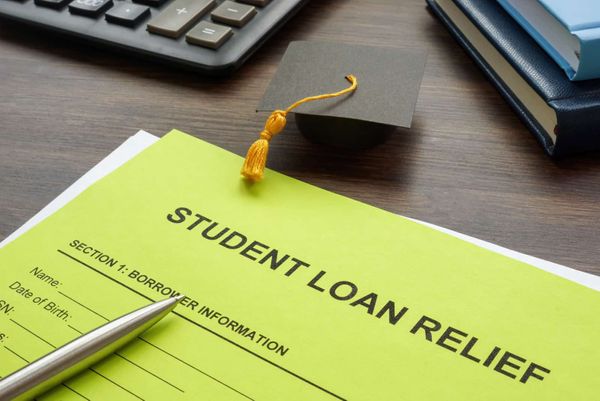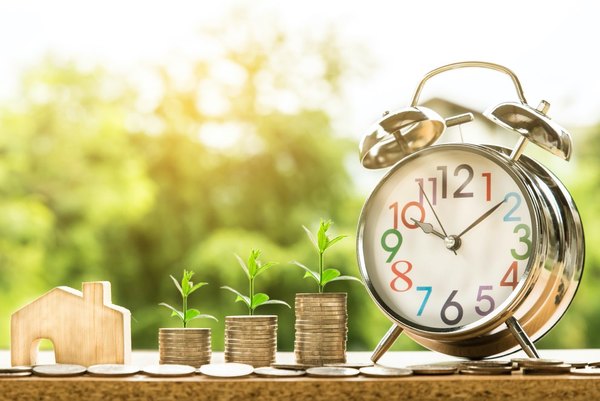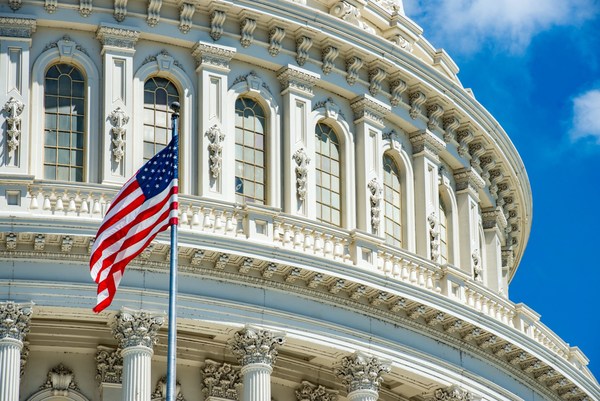The nation is buzzing about the Biden Administration’s student debt relief plan. However, just as it was set to begin, a lawsuit stopped it in its tracks. Now graduates with student debt are left to wonder if they will owe their student debt or if it will be forgiven.
What is Joe Biden’s Student Debt Relief Plan?
In August 2022, President Biden announced the government would forgive student debt of up to $10,000 for single households with income less than $125,000 and married households with income less than $250,000. He also promised to forgive up to $20,000 in Pell Grants for lower income college students.
The amount of loan forgiveness cannot exceed your loan amounts, which is why the plan says up to $20,000 in debt relief.
Who is Eligible?
More than 8 million borrowers were eligible for the student debt relief plan, most of them automatically eligible. For example, if the Department of Education has a student’s income information, the DOE can automatically determine who is eligible.
Unless you opt-out, you’re automatically enrolled in the program. If the DOE doesn’t have your income information, the DOE has an application to complete. The application is simple and doesn’t require any document uploads.
The Injunction
Just as the relief was set to begin, U.S. District Judge Mark Pittman issued an injunction that stopped the student debt relief. Since then, the U.S. Supreme Court has agreed to hear the case, but this will not be until February or March 2023.
In the meantime, President Biden requested that the Supreme Court put a hold on the ruling until the Supreme Court hears the case. However, they denied the request. So, the ruling stays in place for now, and no forgiveness will occur.
As a result, President Biden extended the repayment pause through June 30, 2023. This is to allow the Supreme Court time to hear the case. Initially, the payment pause was to end on December 31, 2022. This means no students have made student loan payments since President Biden became president.
Future Income-Based Repayment Options
In addition to the student debt relief, the Biden-Harris administration promised a new rule to make the income-based repayment plan even more attractive.
The new rule would do the following:
- Require students to pay no more than 5% of their monthly discretionary income.
- Increase the amount of discretionary income to 225% of the poverty level. This means any money a student earns up to 225% of the poverty level is protected from discretionary income.
- Forgive loan balances of $12,000 or less in 10 years, not 20.
- Not charge students for unpaid interest on reduced payments; instead, the government will cover the charges.
Final Thoughts
If the student debt relief program gets past the Supreme Court, more than 40 million borrowers will benefit. But, for now, the plan is up in the air until the Supreme Court hears the case. Until then, payments are paused again, continuing the payment relief the Biden Administration initiated.







